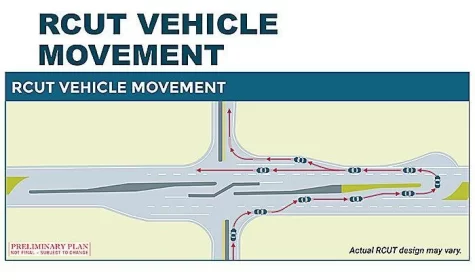October Board Meeting
Murray, NEB.- On Tuesday, Oct. 11, the Conestoga Public Schools Board of Education held their monthly meeting. They heard from several speakers who came to talk on a variety of topics and had a few action items to approve. Board members Allison Welch, Tracey Priefert, Candace Kelly, Jason Nolting and Jeremy Stone were in attendance. Jayden S, the student board member was also there for his first meeting on the board. David Duzik was absent.
In accordance with new policy, President Allison Welch opened the meeting with the opportunity for members of the community to make statements to the board, however there were no speakers. They then moved onto the speakers on the agenda.
First, Jay Spearman, the bondsman for Conestoga, spoke to the board about lease purchasing. The current heating, ventilation, and air conditioning (HVAC) system at the Jr/Sr high school is outdated and in need of replacement. The board has made multiple failed efforts to take the necessary steps through a bond which saw mixed responses due to some parts of the proposed project and the cost of such an undertaking. This is forcing them to look for other ways to pay for the $4.5 million replacement, one of which, as Spearman spoke about, is lease purchasing. Through lease purchasing, a buyer, or multiple buyers, would front the money, and the school would pay it back over the course of a seven year lease.
Next, the Jr/Sr High School’s nurse, Tracy Anderson came to speak about the proposed naloxone (brand name: NARCAN) policy. NARCAN is a drug intended to counteract the effects of an opioid overdose by attaching to opioid receptors and reversing and blocking the effects of opioids in emergency situations. Anderson made reference to what some have called an “opioid crisis” in our communities and nation. She cited statistics showing an increase in opioid deaths nationwide and in our state among young people. She also mentioned that one drug, fentanyl, is increasingly being used to lace substances such as vapes, which means that it could be taken involuntarily or accidentally.
Under the policy, NARCAN would be kept on hand and certain individuals, including health staff and secretaries, would be trained on its administration along with their other health administration training, which would be conducted by Anderson. She stated that other schools have adopted similar policies and that there have been recommendations from health officials that schools take such measures. Upon being asked by board member by Tracey Prifert, she also clarified that the symptoms of an opioid overdose are fairly specific and would usually require the subject to be unresponsive, but that in the event of NARCAN being given to someone suffering from a different condition, it would pose minimal risk with minor side effects and is therefore safe. NARCAN would be provided to the school for free. Members of the community may also pick up NARCAN at participating pharmacies for no charge without a prescription.
Finally, Allison Dworak, who teaches media and journalism at Conestoga came to talk about the school’s social media. She suggested use of a platform that would allow students to make posts to the school’s Twitter accounts while still having moderation over content creation. She said that this would allow for better streamlining and also give an opportunity for participation from her students involved in journalism.

Tracey Priefert then gave a building project committee report followed by reports from administrators. Superintendent Mike Apple in his report mentioned the meeting which will take place on Oct. 11 at Murray Christian Church regarding the intersection of Highway 1 and Highway 75 and the planned restricted crossing u-turn (RCUT) intersection.
They then discussed the addition and replacement of existing phones at both schools. Sean Trampe, the technologies director presented the proposal options and administrators answered the board’s questions relating to the use and need for phones. The phones allow for teachers to conduct professional business like calling parents on a work phone. They also allow for interclassroom communication or communication with the office of nurse without disrupting other classes. When the radio system is used, this lets everyone in the school know what is being said which disrupts learning. Additionally, Eric Dennis, the elementary school principal described it as “wrong” when private situations are broadcast to the school. In the long term, replacement of the outdated phone systems is expected to result in lower costs.
The board approved three action items by a unanimous vote. Those items were the approval of the replacement and addition of phones at both schools up to $35,000, the approval of the NARCAN policy, and the approval of the emergency plan. With no other business to attend to, the meeting adjourned.
John is a senior at Conestoga High School. He participates in numerous fine arts and academic extracurriculars such as band, one act, speech, and FBLA....






